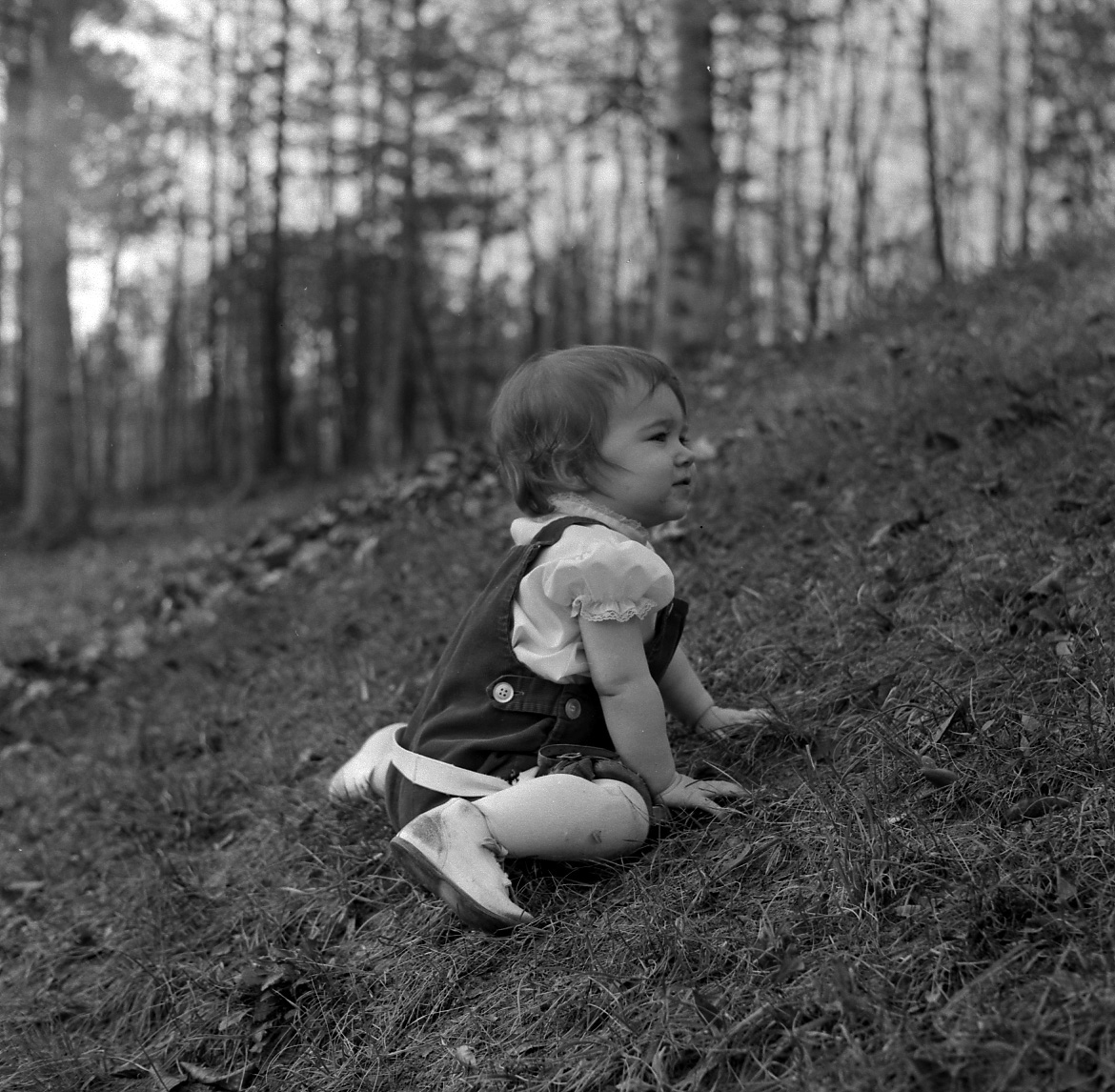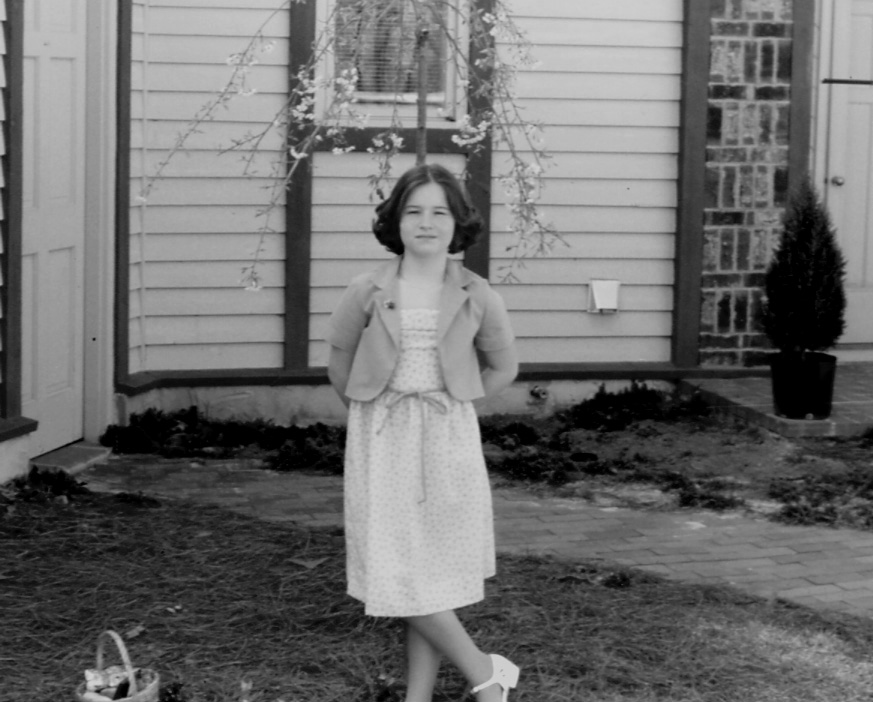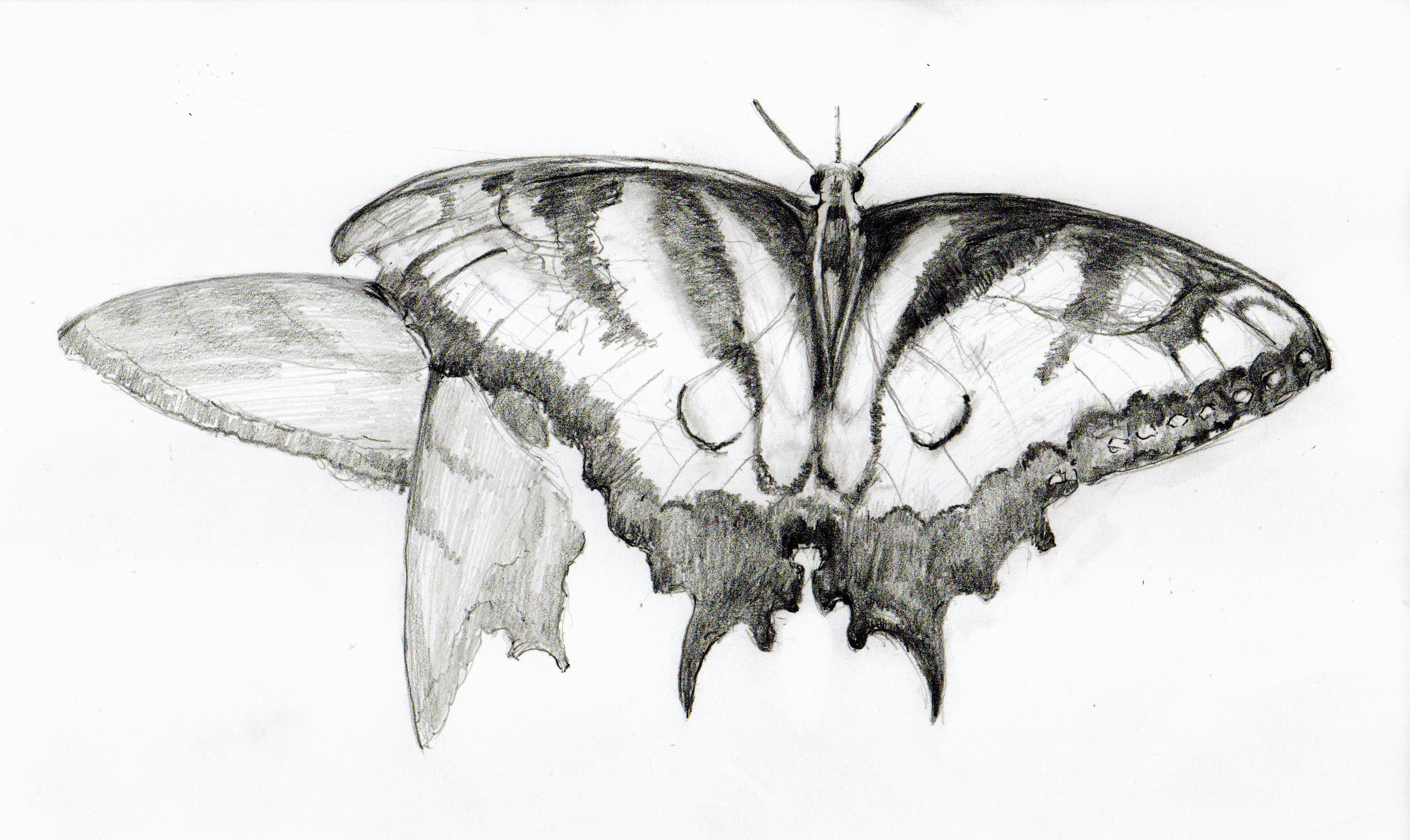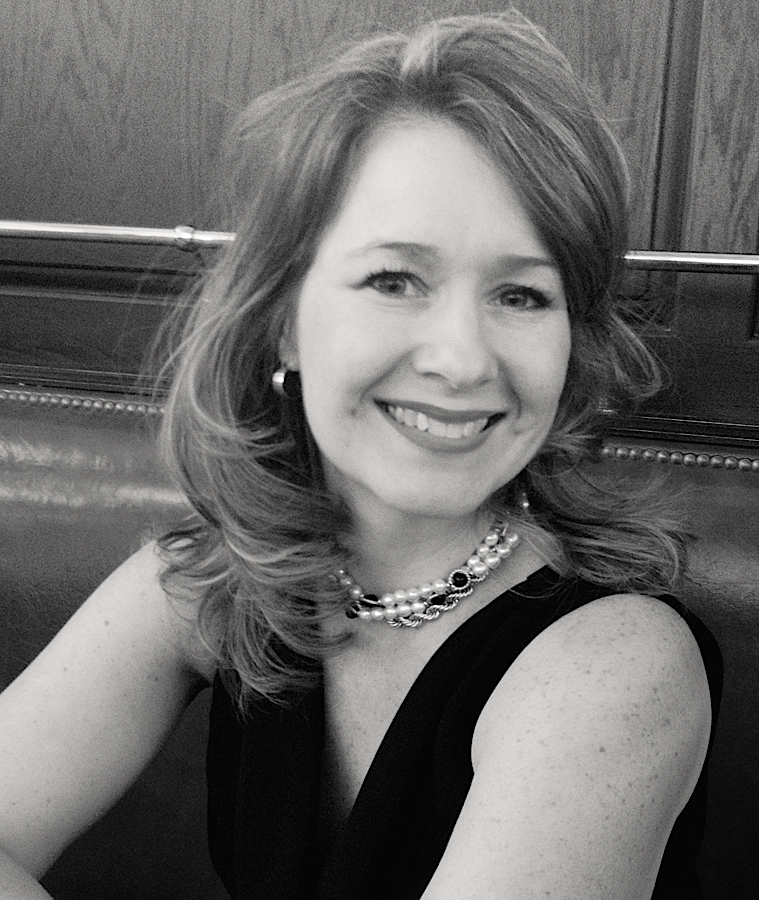Reflections on the Journey to Poet • Beginning to Write
It all started with the squeaking of a screened door. More accurately, it was the sound of it, or the memory of the sound of it, followed by the patter of small bare feet running across the lawn to land on a stone path, leading somewhere. The backyard of my childhood in North Carolina, the unstructured freedom of summer nights on Hermitage Road or unfettered days of fishing and sunning off the pier on Echo Lake. They are as clear to me as the most vivid day but seemingly as elusive as the butterfly, and as difficult to hold.
The squeak that roused this sleepy soul from the routines of corporate responsibility, grafted on the academic heels of university life and the American requirement that one must continue up the rung, was not simply a remembering. It was as surprising and stunning as if I'd been planted right down next to that lake, along with my tousled children, beside my brown-eyed father feeding mallard ducklings right from his hand. All because this working mom of two small boys, was trying to do her bit volunteering with the Junior League of Richmond and their annual fundraiser, the Book & Author Dinner. As chair of the committee in 2007, I oversaw the selection of the books and authors that would attend in May of that year. By fantastic fate, award-winning Virginia author Carrie Brown, and her book, The Rope Walk, with a squeaking screened door she calls "The Bishop", would come to the event as one of our featured authors. The degree to which Carrie's writing would transport me back some twenty-seven years was remarkable. The protagonist of the story is young Alice, and the story begins in her bedroom, on her 10th birthday, with Alice sitting on her open windowsill "wrapping her arms around her legs" watching for the arrival of the day--a May day that would begin with an "early morning mist hovered in mysterious levels over the lawn below." Carrie describes with such vivid imagery Alice's view of her cherished surroundings and the recognition that the magical life she knew was fleeting. That at the ripe age of ten "The world of her childhood, with its endless days and deep, certain sleep and quicksilver possibilities, had been abraded, roughened, its perimeter made vulnerable by the apprehension of dangers...Now when she looked out onto her world from her windowsill, it was with the knowledge that she could lose it. She did not know how or when. But she knew it was possible, and that made all the difference."
Like Alice, my tenth year would be my last year of a dreamlike childhood with its comfortable rhythms and blanket-wrapped assurances, before the earth-altering loss of my father. Something I only began to unwrap after reading Chapter One of The Rope Walk at age 37, and feeling a rush of happiness and remembering. Carrie Brown's portrait of a young girl with 5 older brothers, who collectively teased her and adored her was reminiscent of my own relationship with my 3 older brothers, my sister and her husband, married when I was 2, and my Farley cousins. "When the screen door to the front porch below Alice's window opened, offering up its familiar rusty squeak. Alice leaned over from the windowsill to see who was coming." This line follows Alice's birthday breakfast brought on an old bamboo tray by her brothers, wearing boxers shorts and "making farting noises with their mouths against the back of her neck." Though Alice was living in Vermont, her writing took me to summers in North Carolina, likely Greenville on a visit to see my cousins, or any small town where a screen door was signal to hours of uninterrupted play, parents safely enshrined in their proper places of kitchen, or garden, or workbench. In 2007, how were my own children going to discover this beautiful world given to us by God, with hectic schedules, parent-directed play, and changing societal norms? I began longing for the grass between my toes and the sounds of a life lived in communion with the seasons.
Pair that longing to give my children simple summers with the beautifully descriptive prose in The Rope Walk, and I had a recipe for discovering the world that was just a slamming screened door away from my backyard in Virginia. I began to seek experiences for my children, catching fireflies at night, lying in the grass on our backs, visits to the James River for rock hopping, and frog sightings. Trips to North Carolina to shop at roadside stands, and to flirt with our images, collected in the rainwater of a culvert. This book seemed to magically awaken the writer within, and so, I began to write. I found that writing gave me a place to remember and to hold new feelings. I couldn't know when I began, that through giving God's world to my children, I would unearth His beautiful, free spirit inside of me and create a yearning for deeper meaning and truth. With a small journal always by my side, I would find a way to sort through these troubling feelings of pure joy. The unexpected feeling of being loved and bathed in the light of a beauty I could neither see, nor touch. The desire to have it encase me at all times became a passionate pursuit, but when and how that comfort would appear seemed as elusive as the butterfly. I found it most often wrapped me when I was in communion with the natural world, gardening, walking, being physically active, or giving of myself for someone else. It was as if this untouchable love gave me permission to be my most authentic self. I began to recognize it as the spirit inside. The self-same one I'd held front and center, like a shining beacon when I was still less than ten and confidence soared, and I would climb on the rooftop outside my parent's bedroom terrace door, wrapping my arms around my legs, and all was right with the world. What I had to learn, was that she was with me all along, waiting for me to take notice. I had only to beat my wings to my own accord, unleash the joy of my younger self, and bring her home to stay. This first book of poetry is all about fleeting beauty, learning to live, and learning to fly. I hope you will find similar inspiration in its pages, or simply feel the brush of a butterfly wing across your face. AP



